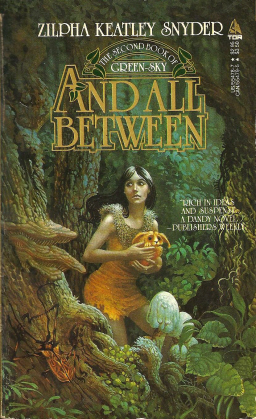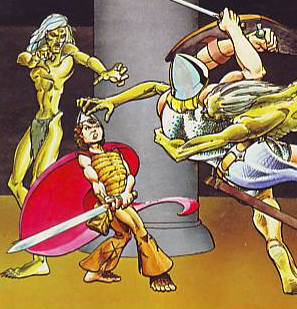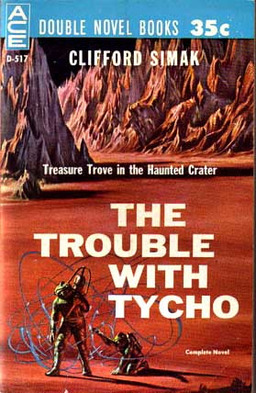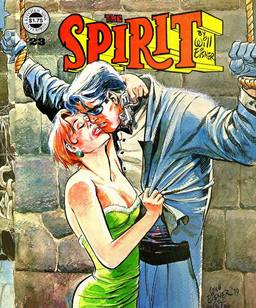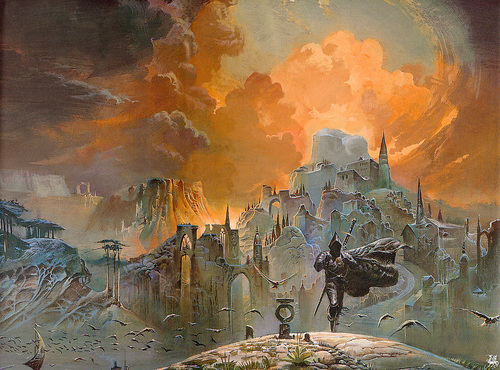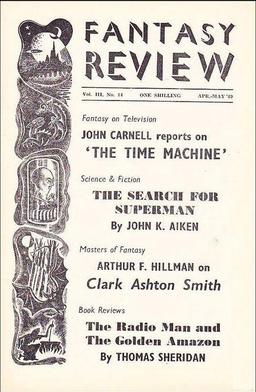The Gargoyles of St. Wulfram’s
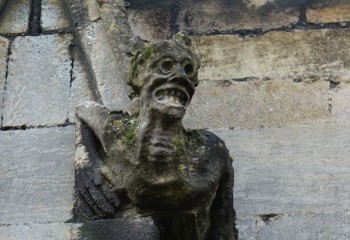 Of all the freakish critters in the original hardback Monster Manual, the one that always made the most intuitive sense to me was the gargoyle. Having seen perhaps more than my share of gargoyles by the time I entered the role-playing realms, I already knew them to be fierce, frightening, toothy, amply clawed, and sometimes winged. It stood to reason that they’d be crafty, pernicious opponents.
Of all the freakish critters in the original hardback Monster Manual, the one that always made the most intuitive sense to me was the gargoyle. Having seen perhaps more than my share of gargoyles by the time I entered the role-playing realms, I already knew them to be fierce, frightening, toothy, amply clawed, and sometimes winged. It stood to reason that they’d be crafty, pernicious opponents.
What made no sense was why the D&D variety weren’t made of stone, as nearly all true (read: real) gargoyles surely are. To this day, I still have no explanation for that decision on the part of the Monster Manual’s creators, Mssrs. Gygax, et al. They certainly had no intrinsic objection to stone beasties: consider the stone golem or that durable tri-form oddity, the xorn.
In order to better address this incongruity, I have abandoned my regular offices deep in Black Gate’s vast Indiana Compound and taken up residence at Harlaxton Manor, an out-of-the-way 1830s edifice set in the rolling hills of England’s Lincolnshire. Is it haunted? Probably. Not only did one of its previous owners conduct regular séances in the cozier of the two libraries, but the manor has been used in several eccentric movies, including The Ruling Class (1972) and the truly execrable remake of The Haunting (1999).
Are there gargoyles? Yes. But only two.
Luckily, just down the road, in the struggling industrial town of Grantham, an astonishment of gargoyles awaits on the walls of St. Wulfram’s, a mid-sized Anglican church that dates back to the 1200s at least.

